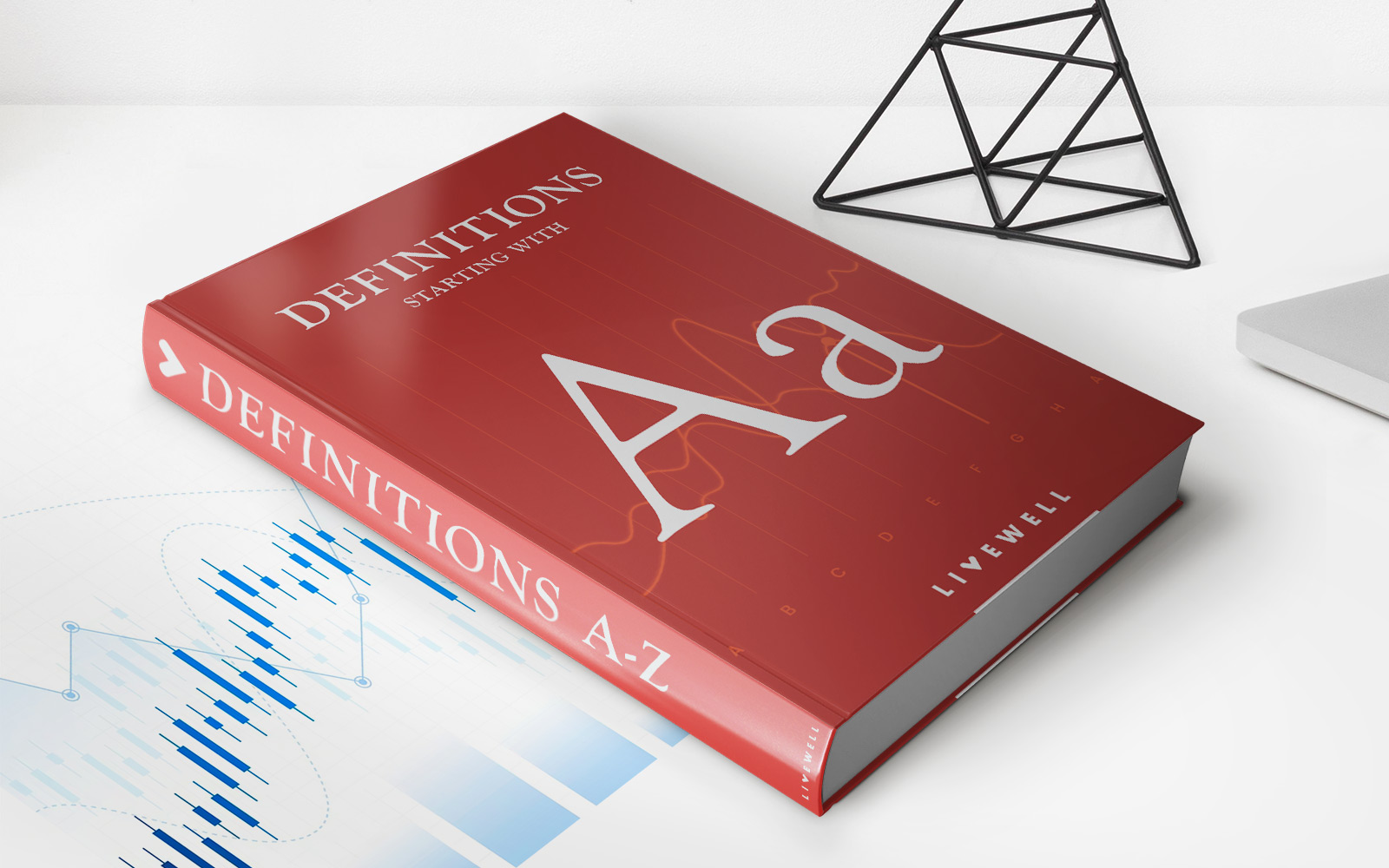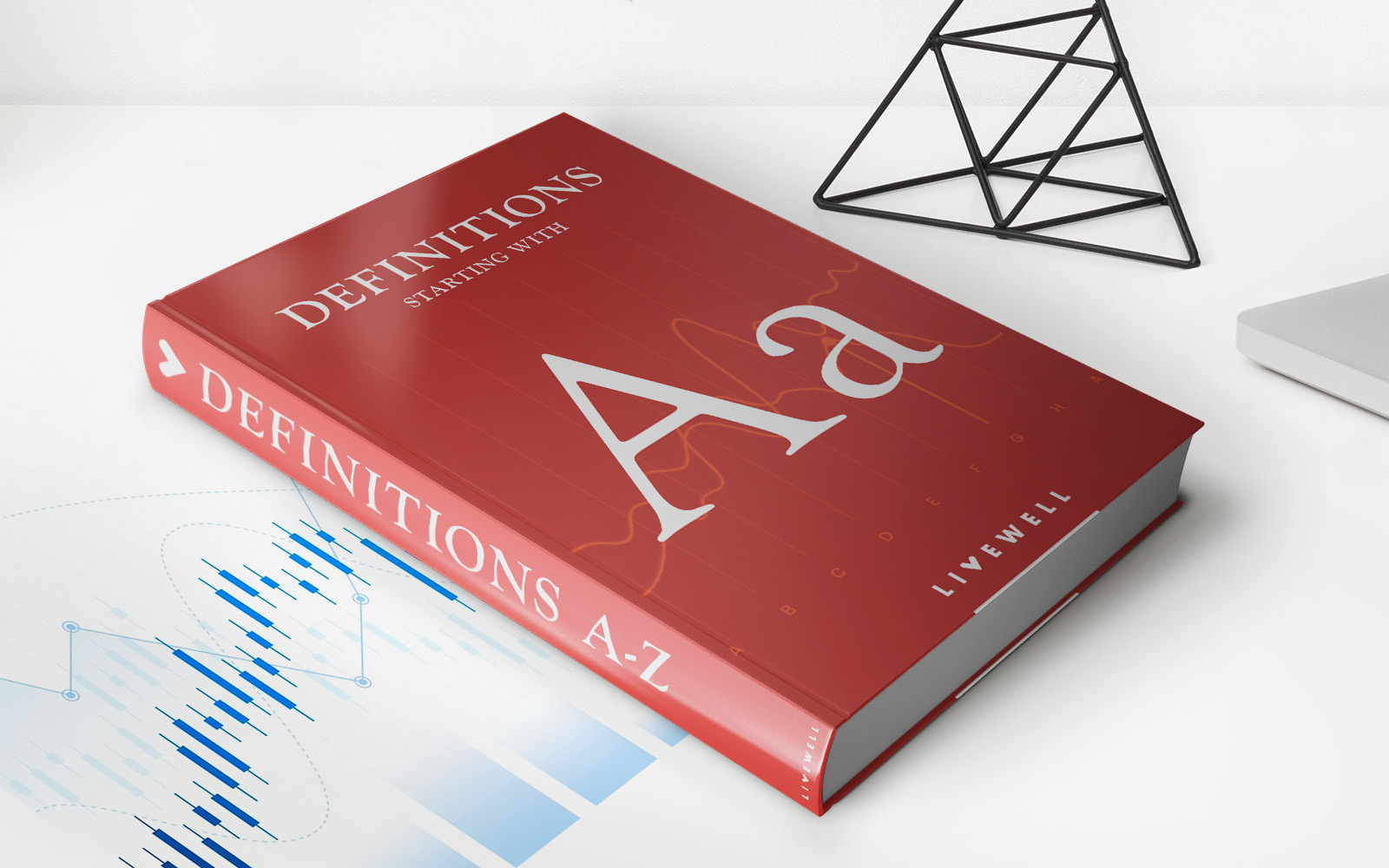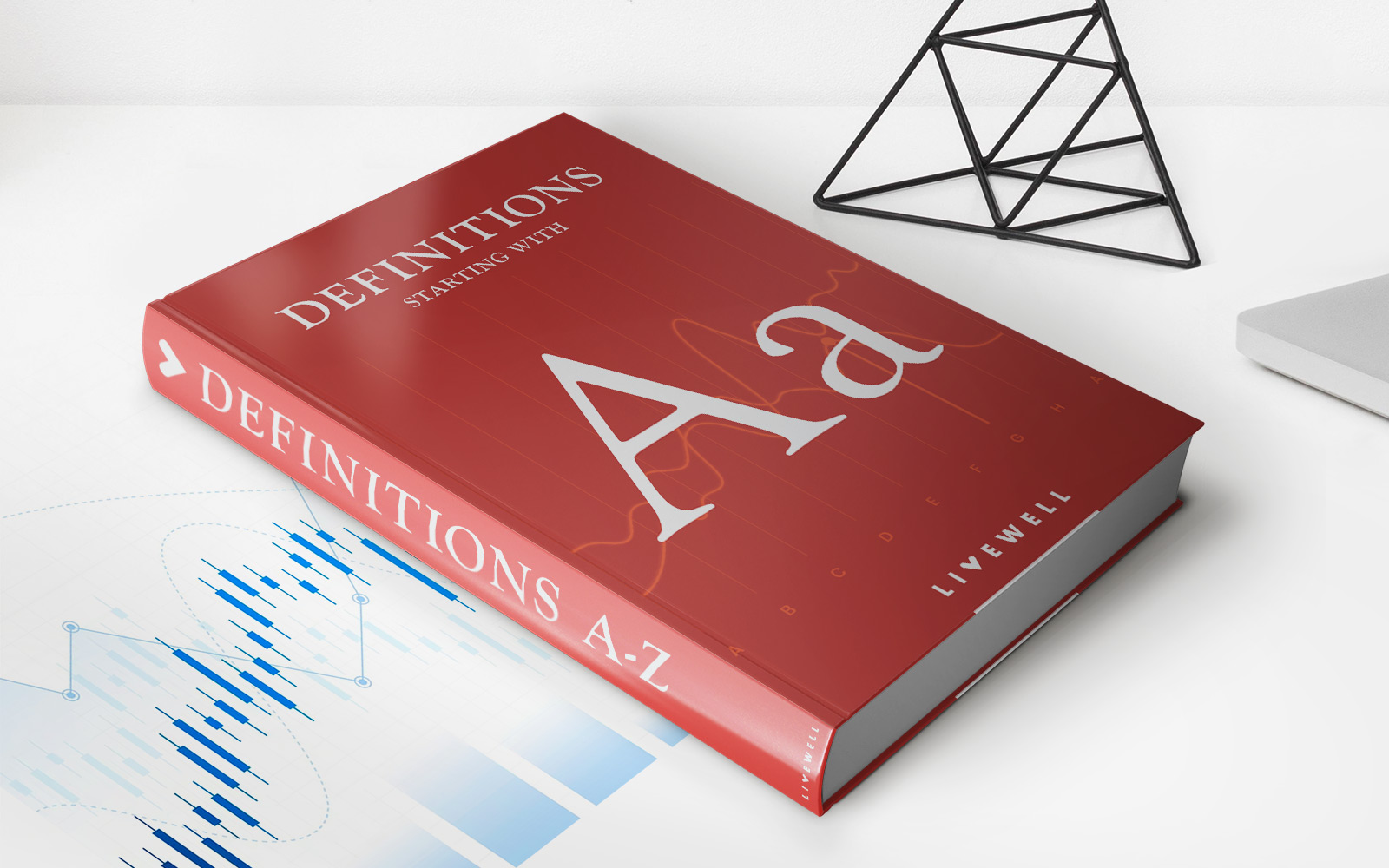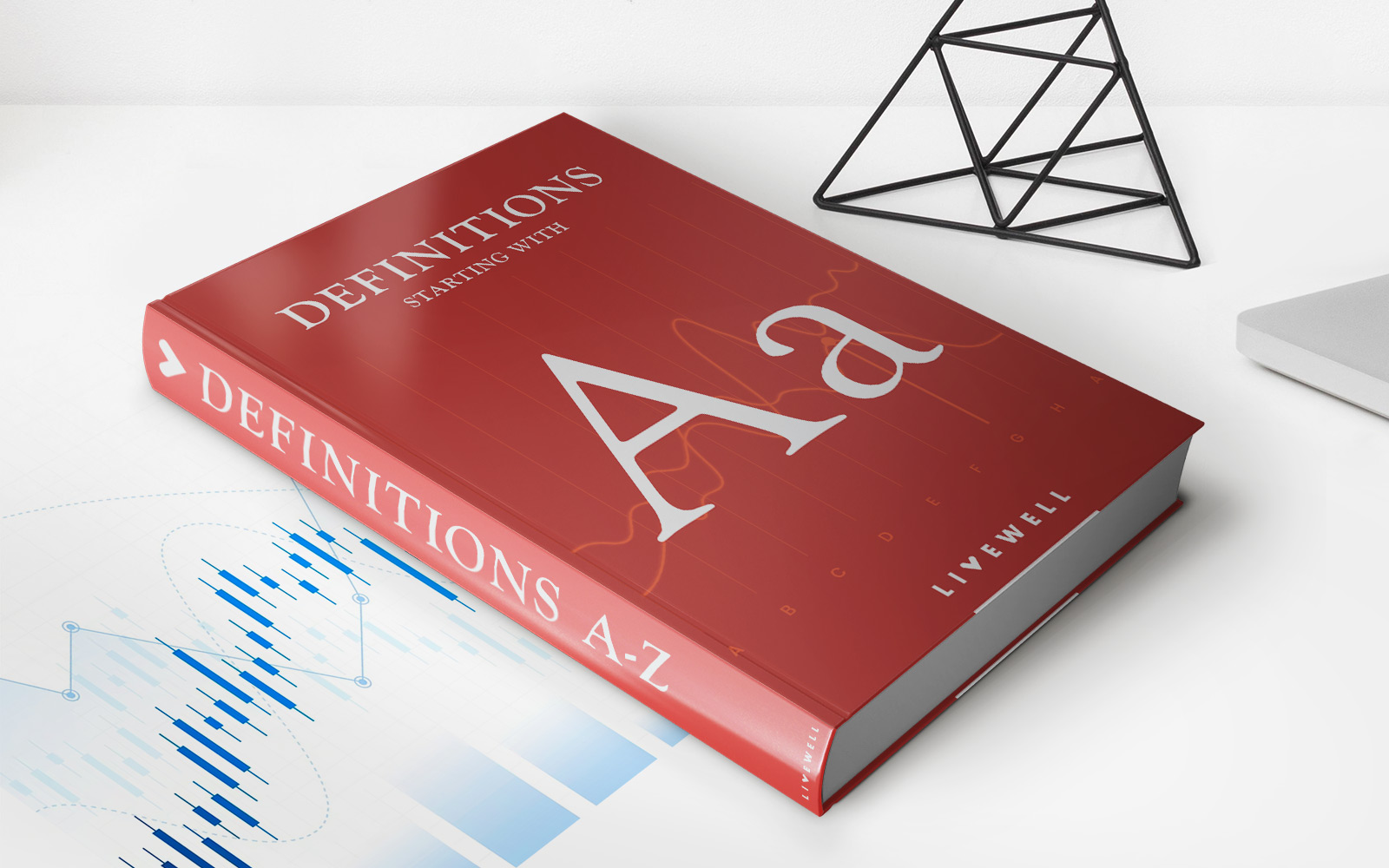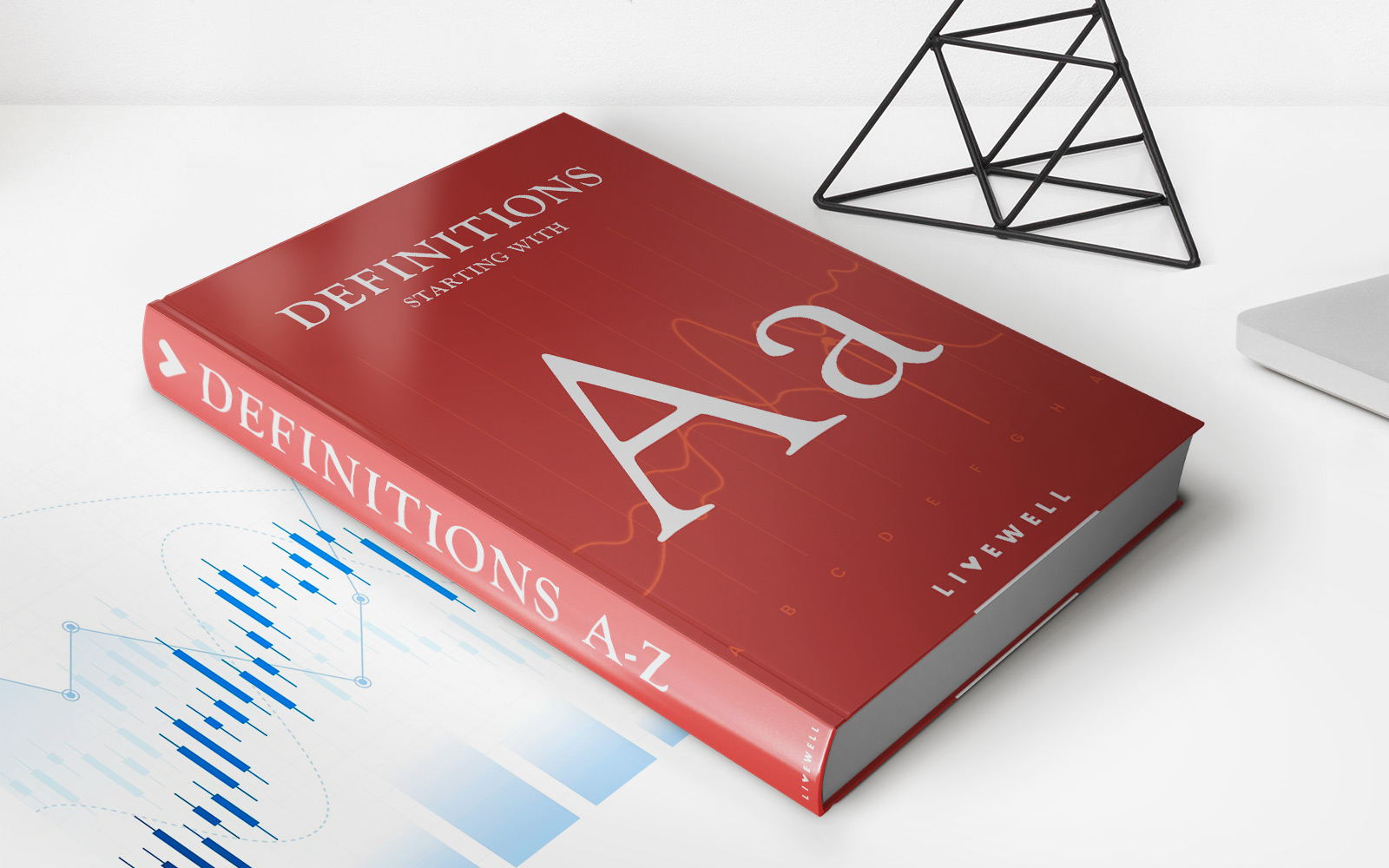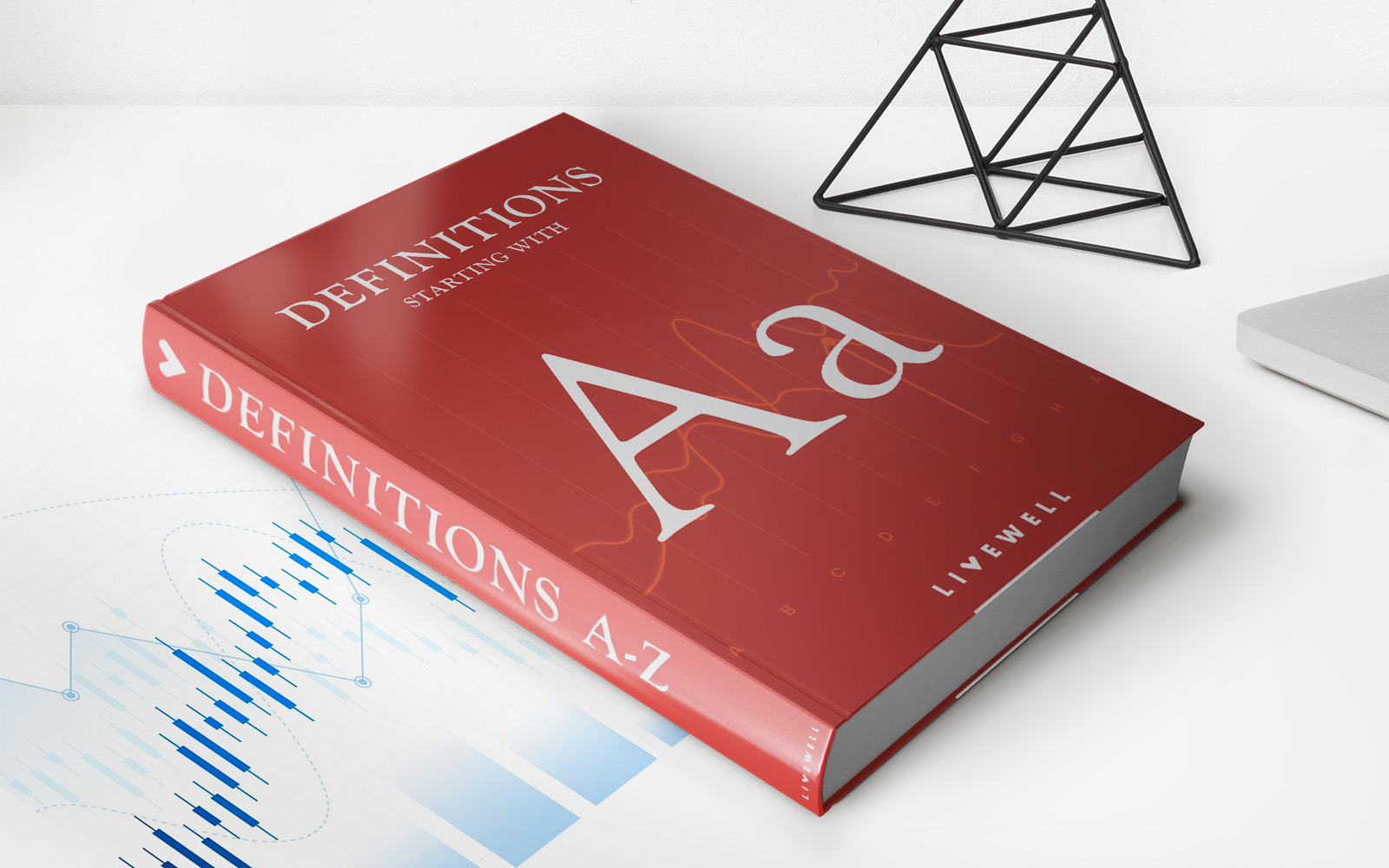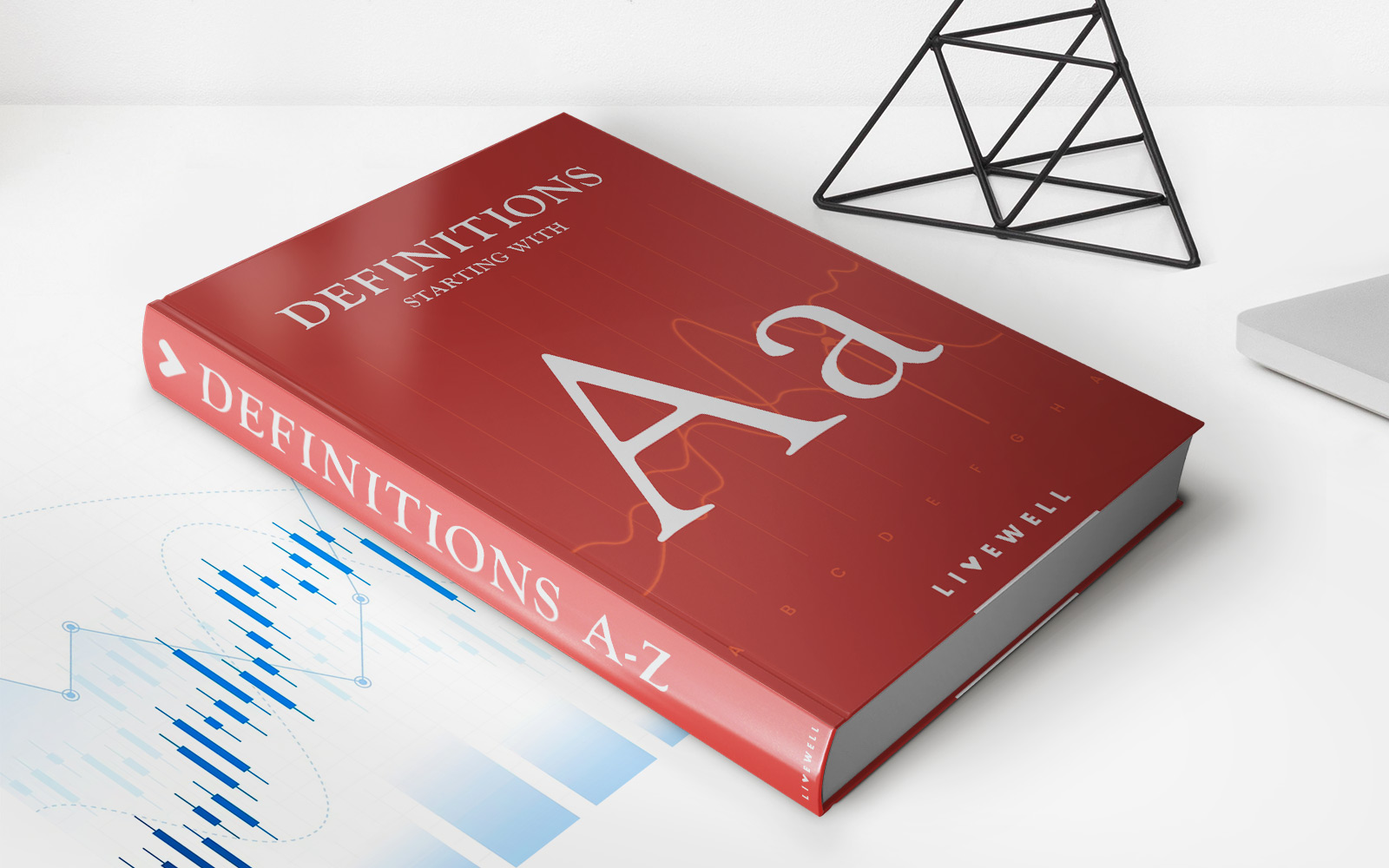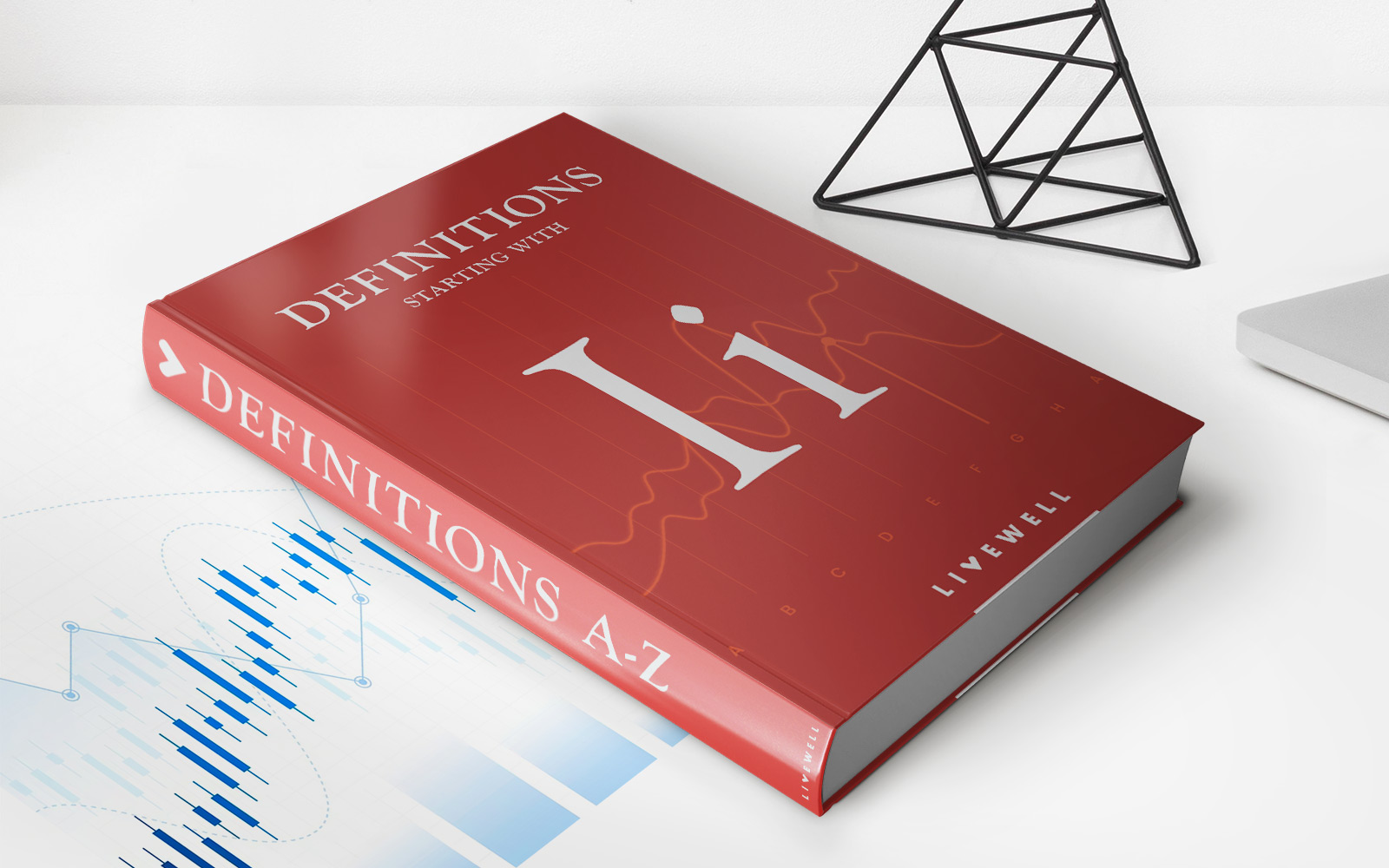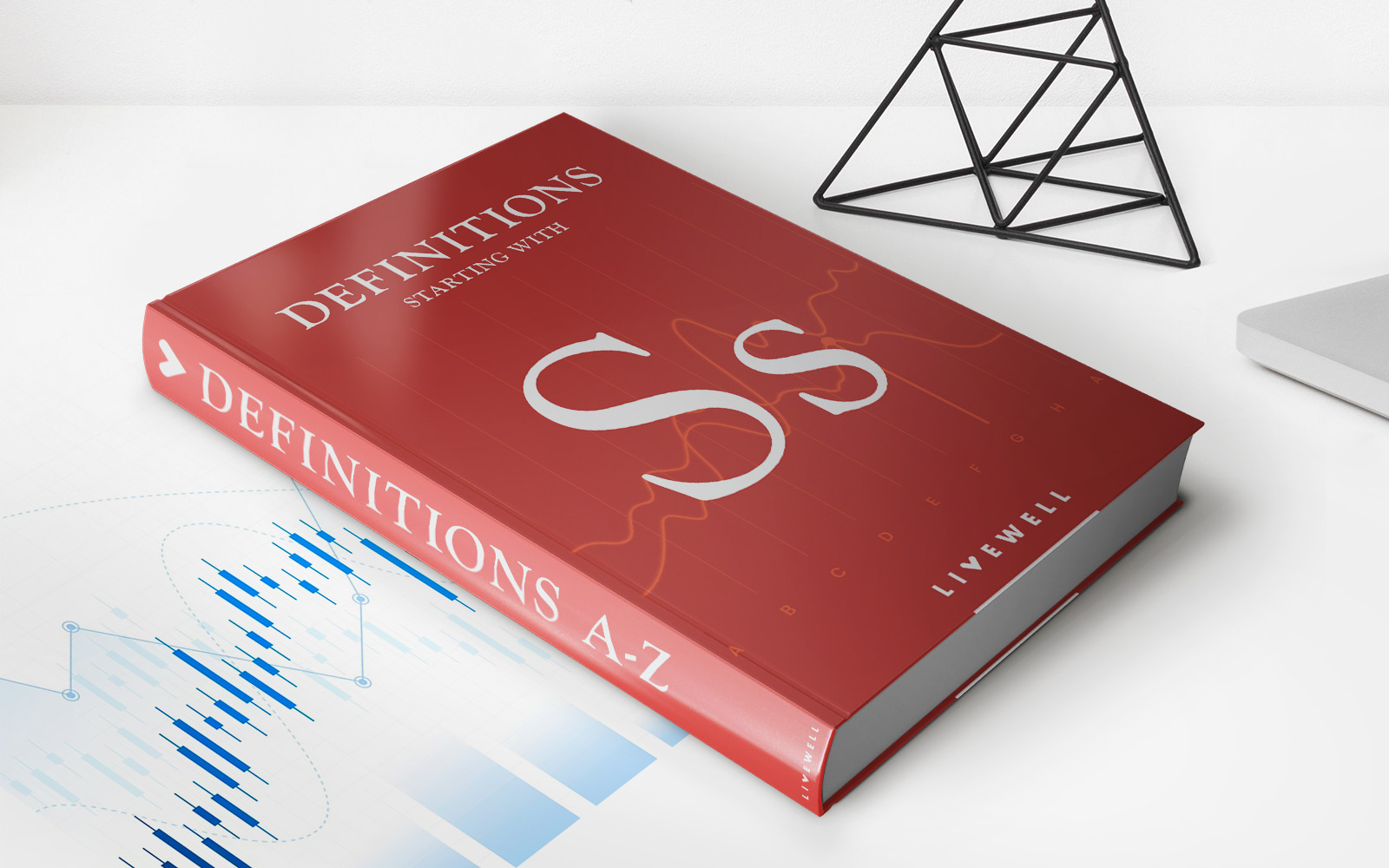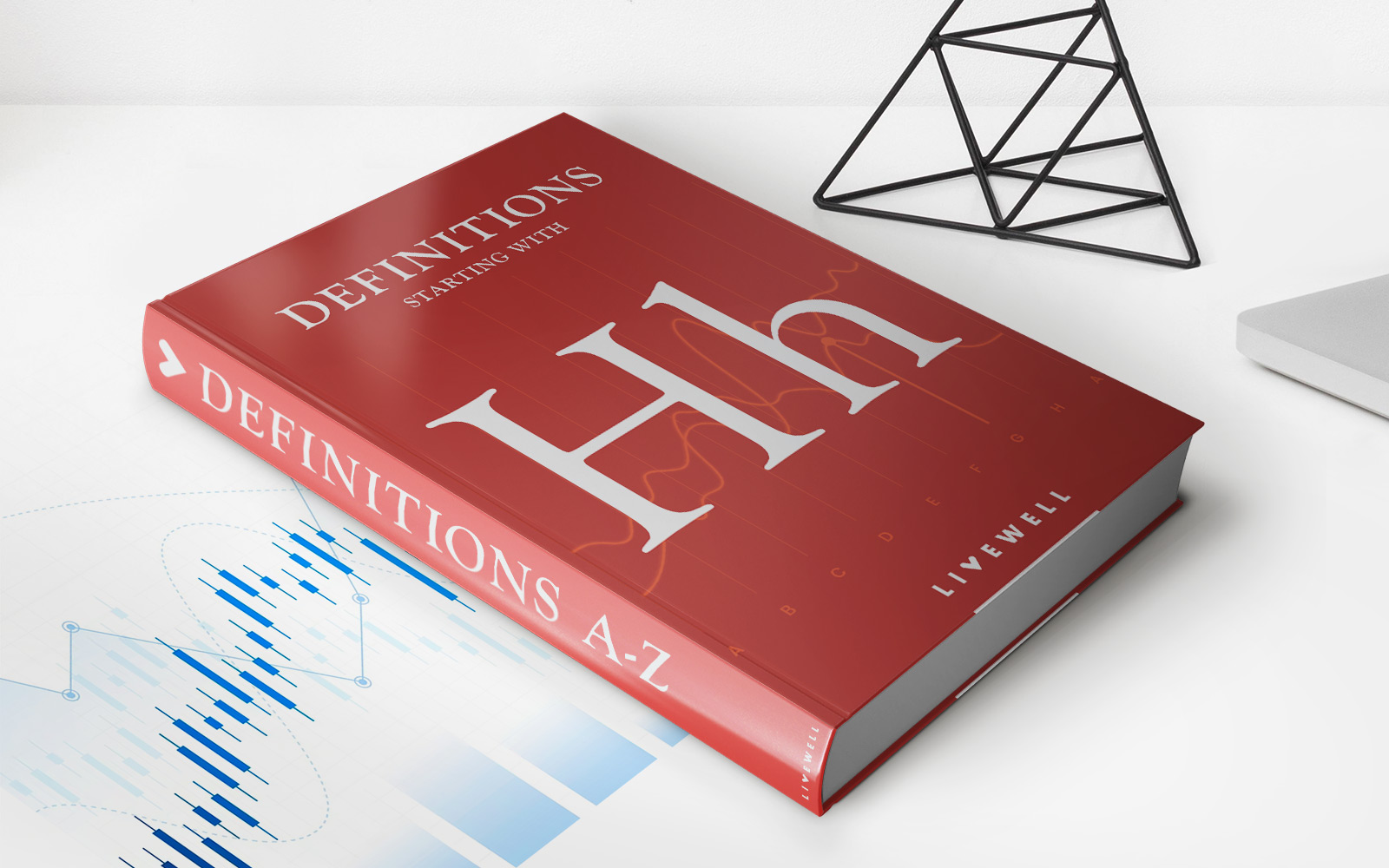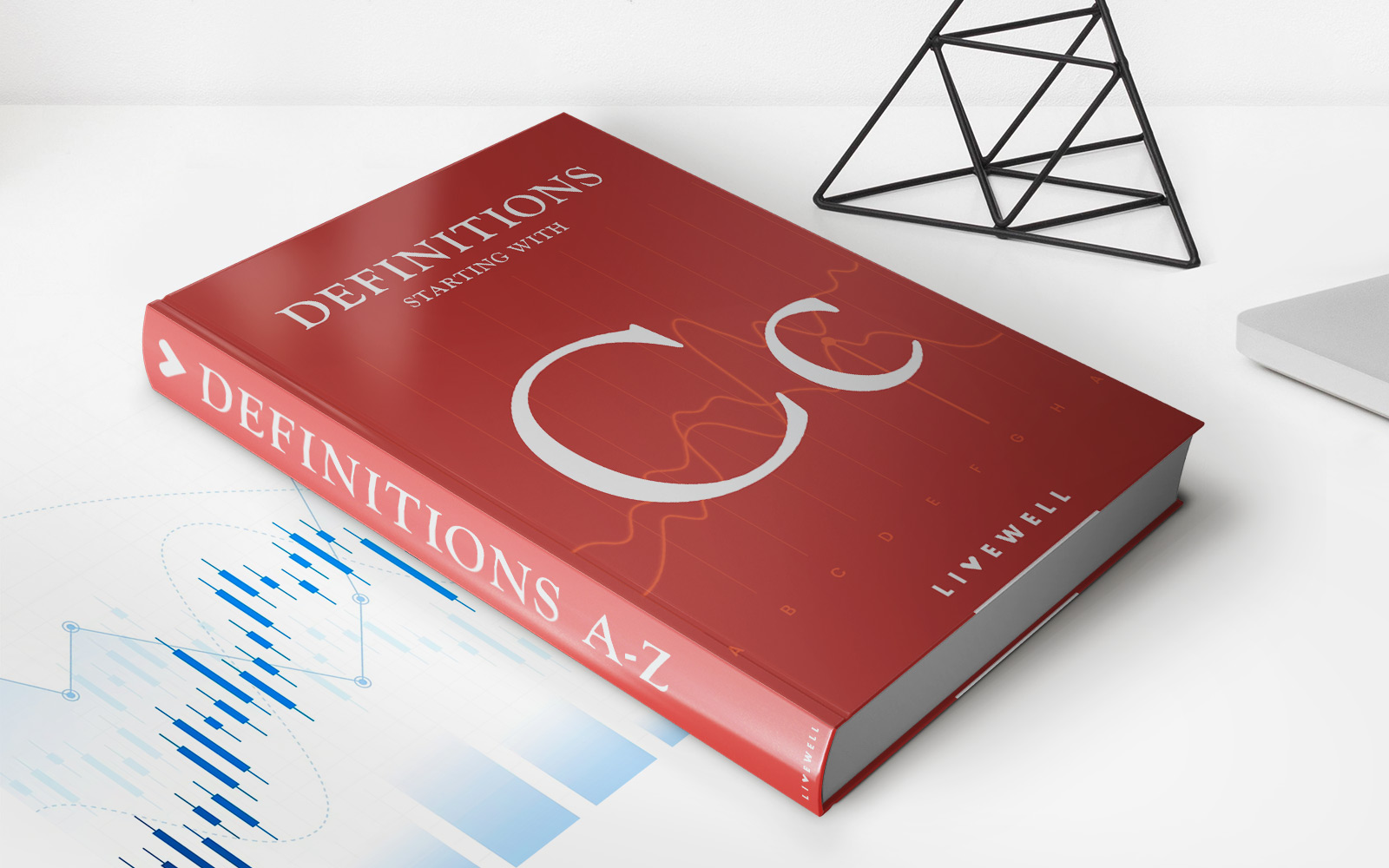

Finance
Cliometrics Definition
Published: October 28, 2023
Discover the meaning of Cliometrics in the world of finance and how it relates to economic history. Explore the significance of this dynamic field and its impact on financial analysis and forecasting.
(Many of the links in this article redirect to a specific reviewed product. Your purchase of these products through affiliate links helps to generate commission for LiveWell, at no extra cost. Learn more)
Understanding Cliometrics: A Brief Introduction
Welcome to our FINANCE blog! Today, we are diving into a fascinating field called cliometrics. While it may sound complex, cliometrics can be a useful tool for understanding historical economic growth, especially if you’re interested in financial analysis and forecasting. In this blog post, we’ll explore the definition, significance, and applications of cliometrics, shedding light on how it can shape our understanding of the financial world.
Key Takeaways:
- Cliometrics is an interdisciplinary branch of study that combines the methods of economics and history to analyze long-term economic trends and structures.
- By utilizing quantitative data, cliometricians can identify patterns and relationships that help explain economic phenomena and inform predictions.
What is Cliometrics?
Cliometrics, as mentioned earlier, is an interdisciplinary approach that merges techniques from economics and history to analyze economic trends over an extended period. The term “cliometrics” itself is a portmanteau of “cliometrics” and “metrics,” highlighting its focus on quantitative analysis. By employing mathematical and statistical models, cliometricians seek to gain insights into complex economic systems, their causes, and their effects.
Rooted in the belief that economic history is essential for understanding present-day economic conditions, cliometrics provides a framework for studying patterns, cycles, and trends over time. Its methods allow researchers to track long-term economic growth, the impact of policy changes, and the interplay between various factors influencing economies. Overall, cliometrics provides valuable tools for investigating the historical roots of contemporary finance and economics.
One significant aspect of cliometrics is its ability to disentangle cause and effect by leveraging rigorous quantitative methods. By analyzing historical data, cliometricians can identify relationships between variables and assess the impacts of policy changes or technological advancements on economic outcomes.
Applications of Cliometrics
The applications of cliometrics span various domains within the financial world. Here are some areas where cliometrics plays a vital role:
1. Economic Forecasting:
- By analyzing historical economic data, cliometrics can provide insights that aid in forecasting future market trends and economic conditions.
- Understanding long-term patterns and relationships helps analysts make more accurate predictions, offering valuable guidance to investors, businesses, and policymakers.
2. Policy Analysis:
- Cliometric analysis helps assess the impact of policy changes on economic outcomes by quantifying the effects of different interventions, regulations, or economic stimulus programs.
- As governments and organizations strive to make informed policy decisions, cliometrics offers a powerful tool to evaluate past policies and guide future ones.
3. Financial History:
- By studying the economic events of the past, cliometrics provides a foundation for understanding the financial history of nations, industries, and markets.
- Researchers can delve into historical financial crises, economic revolutions, and other key events, uncovering valuable lessons and principles for modern finance.
With its analytical methodologies, cliometrics offers unique insights into the interplay between economics, history, and finance. By leveraging quantitative data analysis, cliometricians can identify long-term trends, assess policy impacts, and improve economic forecasting. As a result, cliometrics is an invaluable tool for financial experts seeking to understand the complex workings of the global economy.
Conclusion
In conclusion, cliometrics provides a bridge between economics and history, unraveling the mysteries of economic systems and their historical underpinnings. Through its quantitative analysis methods, cliometrics enables researchers to identify patterns, relationships, and impacts that shape the financial world. By understanding cliometrics and its applications, finance professionals can make more informed decisions, forecast economic trends, and gain a deeper appreciation for the historical dimensions of their field. So, let’s embrace the power of cliometrics and uncover the fascinating stories hidden within financial data!
